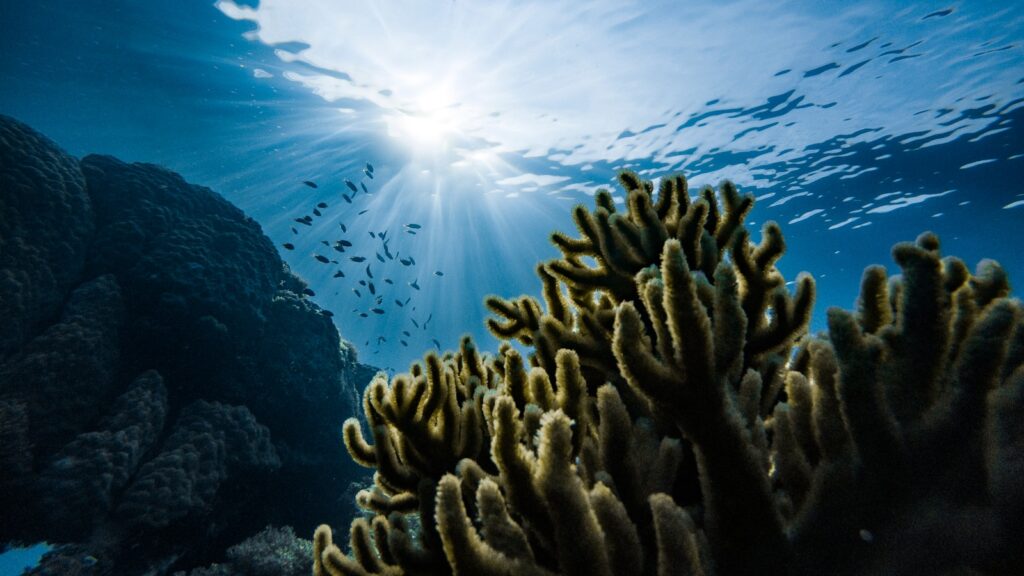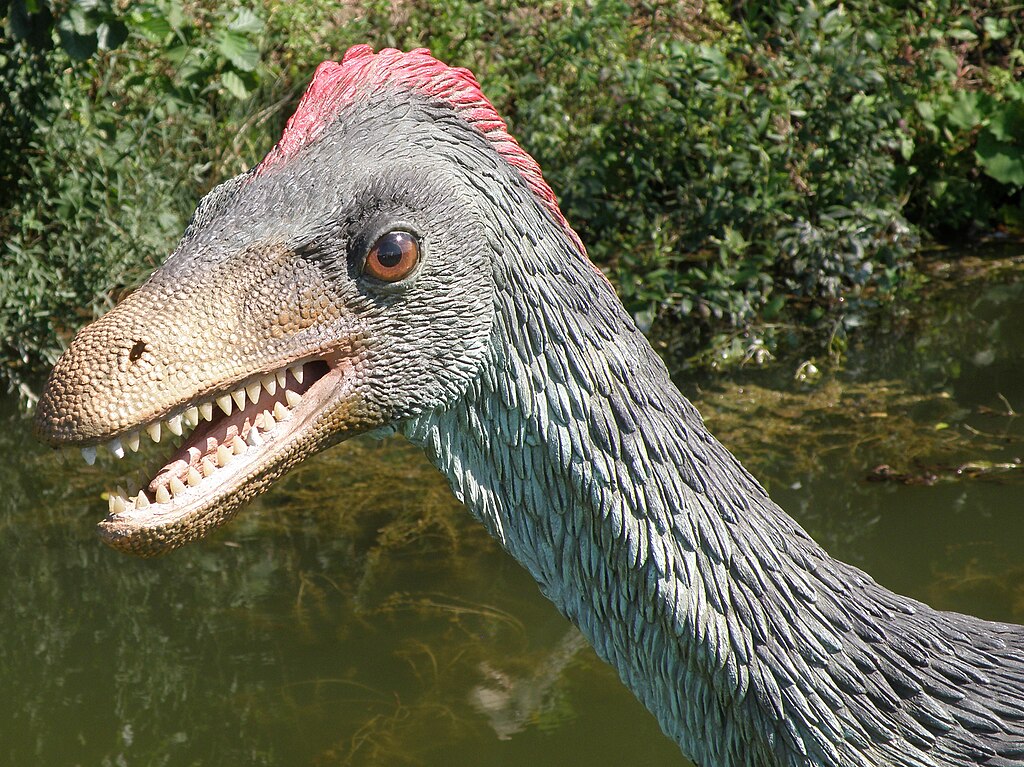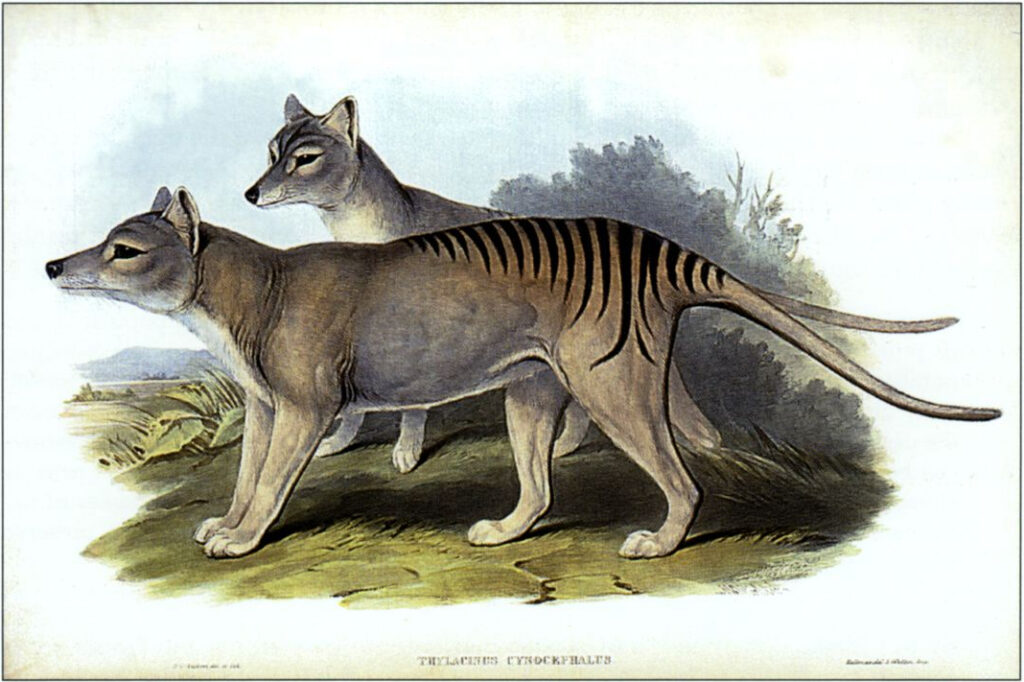Imagine diving into the crystal-clear waters of Earth’s ancient oceans, 150 million years ago. The sunlight filters through the depths, revealing a world both beautiful and terrifying. In these primordial seas, two legendary predators ruled with unmatched ferocity. On one side, sleek sharks—nature’s perfect killing machines that have survived virtually unchanged for hundreds of millions of years. On the other, massive plesiosaurs—serpentine marine reptiles with flippers as large as small boats and necks that could strike like lightning. But which of these ancient titans truly dominated the prehistoric seas?
The Sharks: Nature’s Timeless Assassins
Sharks have been patrolling Earth’s oceans for an astounding 400 million years, making them older than trees and predating dinosaurs by over 200 million years. These apex predators perfected their design so thoroughly that evolution barely touched them. Their cartilaginous skeletons, razor-sharp teeth, and hydrodynamic bodies created the ultimate oceanic hunter.
During the Mesozoic Era, sharks reached truly monstrous proportions. The legendary Megalodon, stretching up to 60 feet in length, could crush a small whale with a single bite. But even smaller prehistoric sharks like Cretoxyrhina, nicknamed “the Ginsu shark,” possessed teeth so sharp they could slice through bone like butter. These ancient sharks combined brute force with surgical precision, making them nearly unstoppable predators.
The Plesiosaurs: Dragons of the Deep
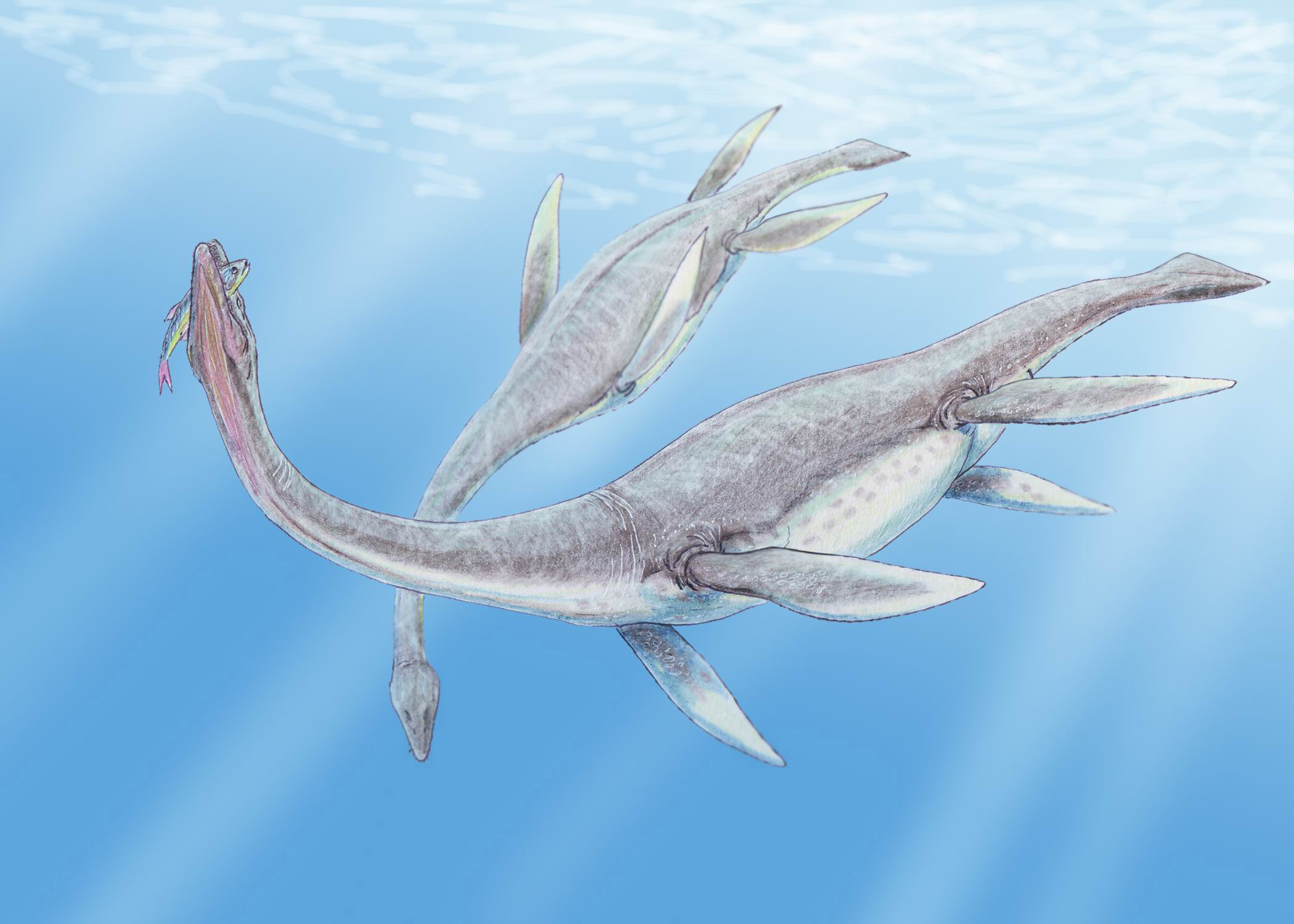
Plesiosaurs emerged around 200 million years ago as marine reptiles that abandoned land for the vast opportunities of the ocean. These creatures evolved into two distinct groups: the long-necked varieties that resembled mythical sea serpents, and the short-necked pliosaurs that were essentially underwater T-Rex equivalents. Their four massive flippers propelled them through the water with surprising grace and devastating speed.
The largest plesiosaurs, like Leedsichthys and Liopleurodon, reached lengths of over 80 feet. Their necks alone could stretch 20 feet or more, allowing them to strike prey from unexpected angles. Unlike sharks, plesiosaurs were air-breathing reptiles, but they had adapted so perfectly to marine life that they gave birth to live young underwater, never needing to return to land.
Ancient Ocean Battlegrounds

The Mesozoic seas were dramatically different from today’s oceans. Sea levels were much higher, creating vast shallow seas that covered much of what is now dry land. These warm, tropical waters teemed with life—ammonites spiraled through the depths, massive marine reptiles like ichthyosaurs darted between coral reefs, and primitive fish filled every ecological niche.
In this underwater paradise, sharks and plesiosaurs often crossed paths. Fossil evidence suggests these encounters were far from peaceful. Bite marks on plesiosaur bones show clear evidence of shark attacks, while crushed shark vertebrae indicate plesiosaurs struck back with devastating force. The ancient ocean floor became a graveyard of epic battles between these marine titans.
Weapons of Mass Destruction: Shark Teeth vs. Plesiosaur Jaws
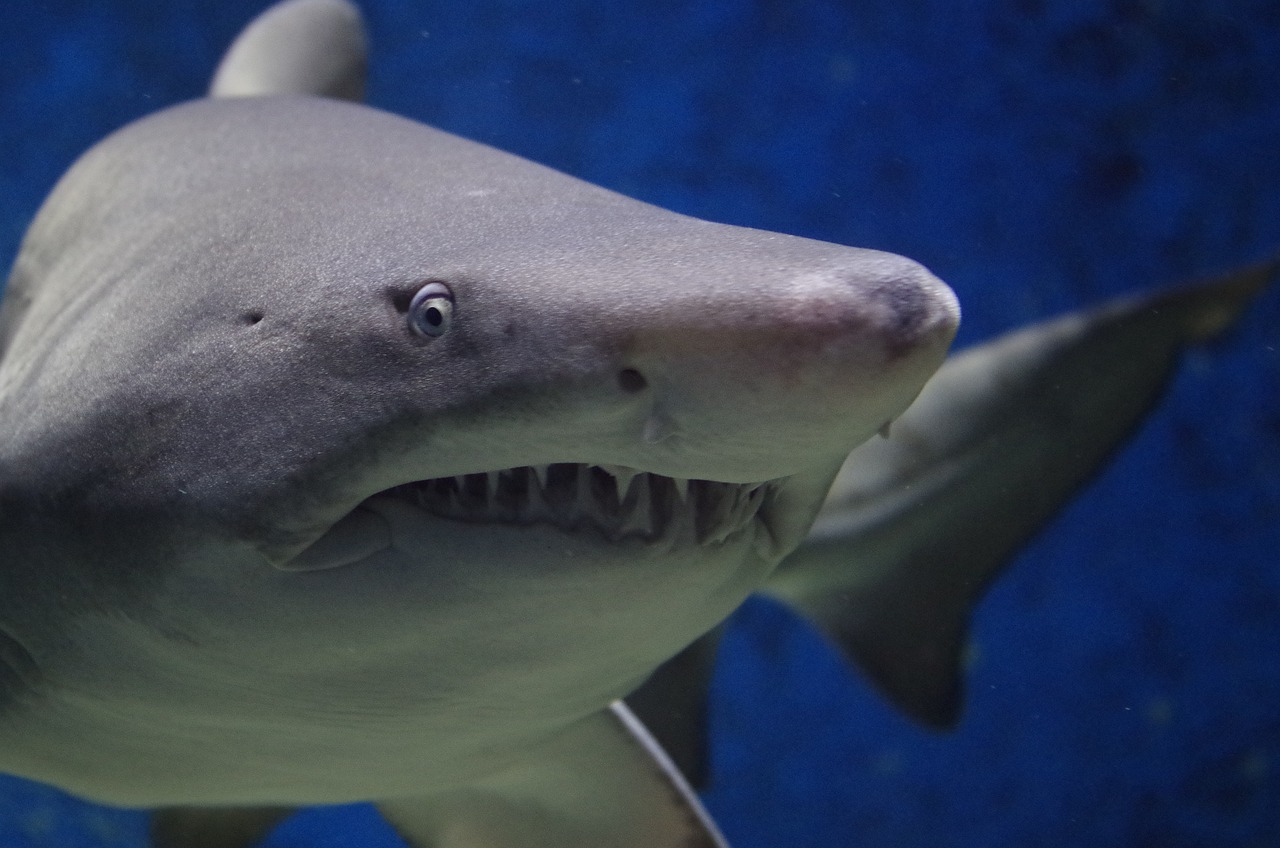
Shark teeth are marvels of evolutionary engineering. Made of dentin—the same material as human teeth but much harder—they’re designed for maximum cutting efficiency. Large prehistoric sharks could lose and replace thousands of teeth throughout their lifetime. Each tooth acted like a serrated knife, perfectly shaped to slice through flesh and bone.
Plesiosaur jaws were equally impressive but served different purposes. Long-necked plesiosaurs had smaller, needle-like teeth perfect for catching fish and squid. Short-necked pliosaurs, however, possessed crushing jaws filled with teeth the size of bananas. These massive predators could generate bite forces exceeding 33,000 pounds per square inch—enough to crush a car.
Speed and Agility: The Ultimate Chase
Modern sharks can reach speeds of 25 mph in short bursts, and their prehistoric ancestors were likely even faster. Their streamlined bodies cut through water with minimal resistance, while their powerful tails provided explosive acceleration. This speed advantage made sharks incredibly effective ambush predators.
Plesiosaurs, despite their size, were surprisingly agile. Recent studies suggest they could reach speeds of 20 mph using their four flippers in a synchronized swimming motion similar to modern sea turtles. Their long necks gave them incredible reach, allowing them to strike prey without moving their massive bodies. This combination of speed and reach made them formidable hunters in their own right.
Hunting Strategies: Stealth vs. Power
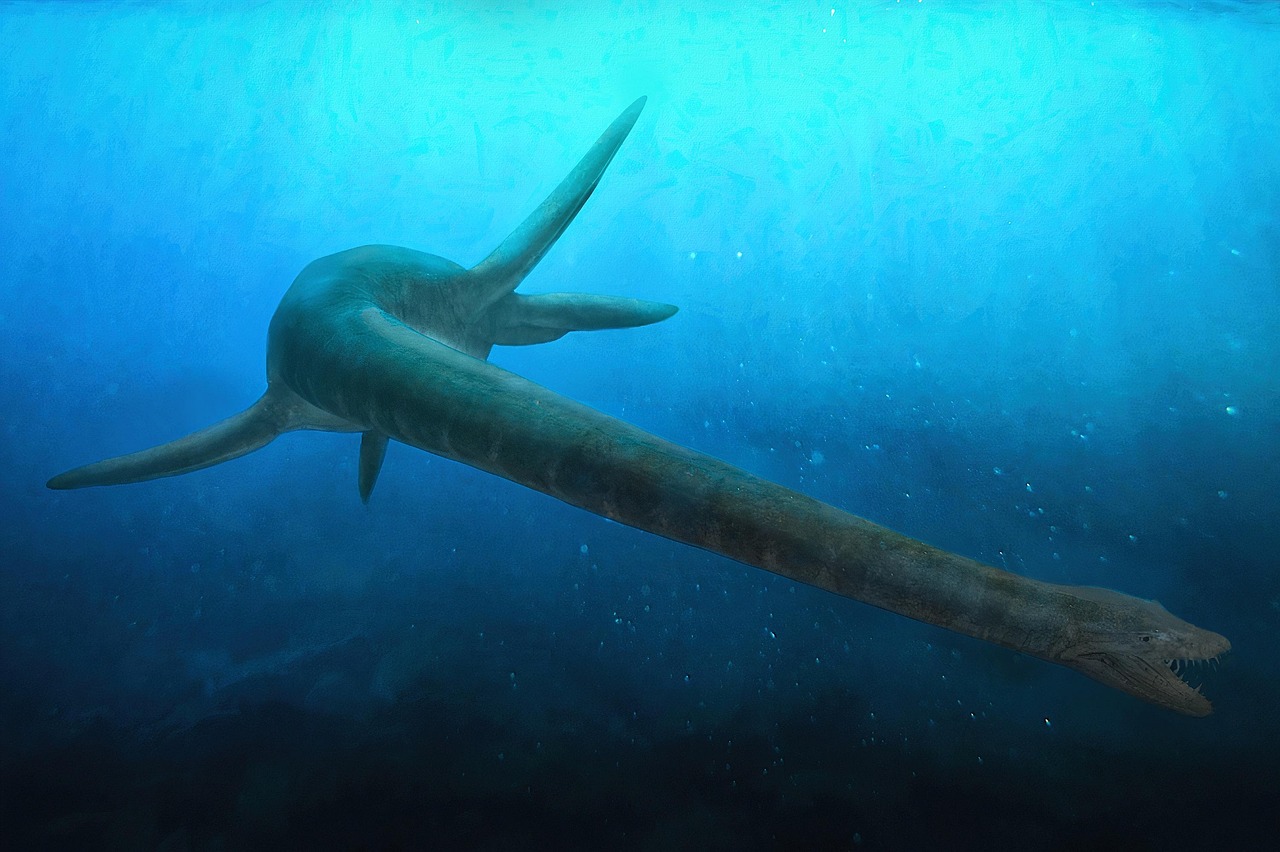
Sharks perfected the art of ambush hunting. They would approach prey from below, using the darkness of the depths as camouflage. Their keen sense of smell could detect blood from miles away, while their lateral line system sensed the slightest water movements. When ready to strike, they would surge upward with explosive power, often catching prey completely off guard.
Plesiosaurs employed different tactics depending on their body type. Long-necked species were likely ambush predators that used their serpentine necks to strike at schools of fish. Short-necked pliosaurs were more like underwater bulldozers, using brute force to overpower even the largest prey. Some species may have worked in groups, surrounding prey like a pack of wolves.
Size Matters: Comparing the Giants
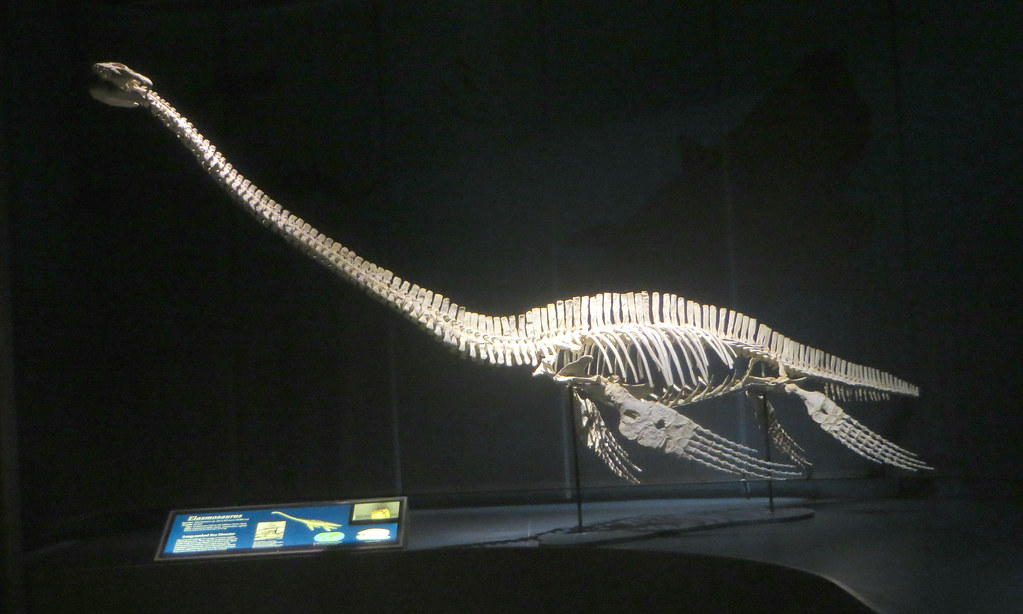
The largest prehistoric sharks, including Megalodon, reached lengths of 50-60 feet and weighed up to 100 tons. These massive predators dominated the food chain wherever they appeared. Their size alone was often enough to deter potential competitors, including smaller marine reptiles.
The biggest plesiosaurs, particularly the short-necked pliosaurs, could reach similar lengths but were built differently. Their bodies were more robust and muscular, with some species estimated to weigh over 150 tons. Predator X, a massive pliosaur discovered in Norway, had a skull alone measuring 8 feet long. These creatures were living submarines armed with devastating weaponry.
Fossil Evidence: Reading the Ancient Crime Scene
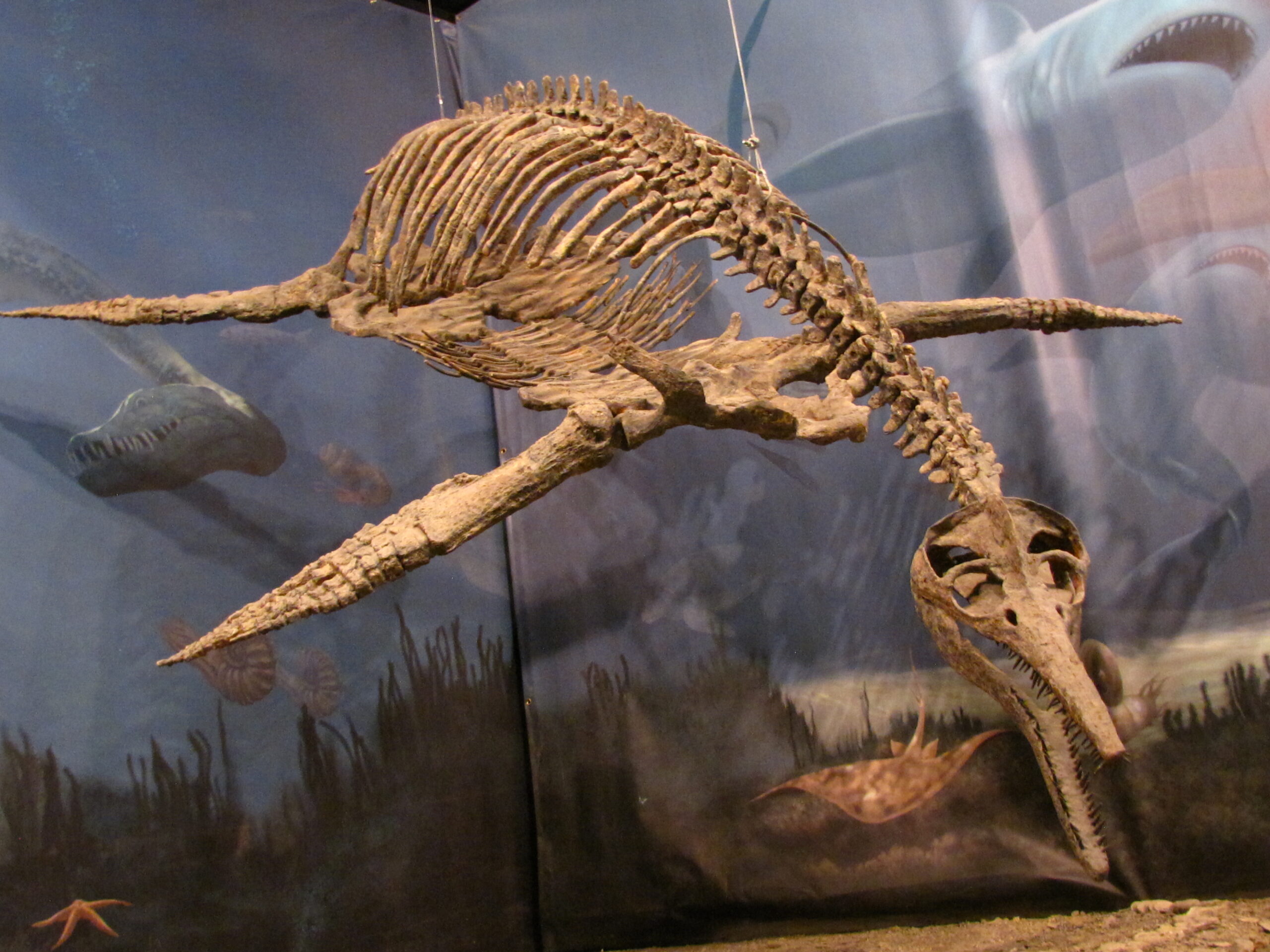
Paleontologists have uncovered remarkable evidence of prehistoric battles between sharks and plesiosaurs. Plesiosaur bones bearing distinctive shark bite marks tell stories of fierce encounters. The spacing and depth of these bite marks help scientists identify which shark species were involved and how intense the battles became.
Equally fascinating are shark vertebrae found with crushing damage consistent with plesiosaur attacks. Some fossils show healed wounds, suggesting these predators survived epic battles and lived to fight another day. These fossil clues paint a picture of ancient oceans where titans regularly clashed in life-or-death struggles.
Environmental Advantages: Home Field Advantage
Sharks held significant advantages in deeper, open ocean environments. Their ability to detect electrical fields from other animals’ nerve impulses gave them a supernatural awareness of their surroundings. They could hunt effectively in complete darkness, making them the ultimate deep-sea predators.
Plesiosaurs excelled in shallower coastal waters and inland seas. Their air-breathing nature meant they were most effective in environments where they could easily surface. These areas also provided abundant prey in the form of fish schools and smaller marine reptiles. The warm, nutrient-rich waters of Mesozoic seas provided perfect hunting grounds for these marine giants.
Evolutionary Adaptations: The Arms Race
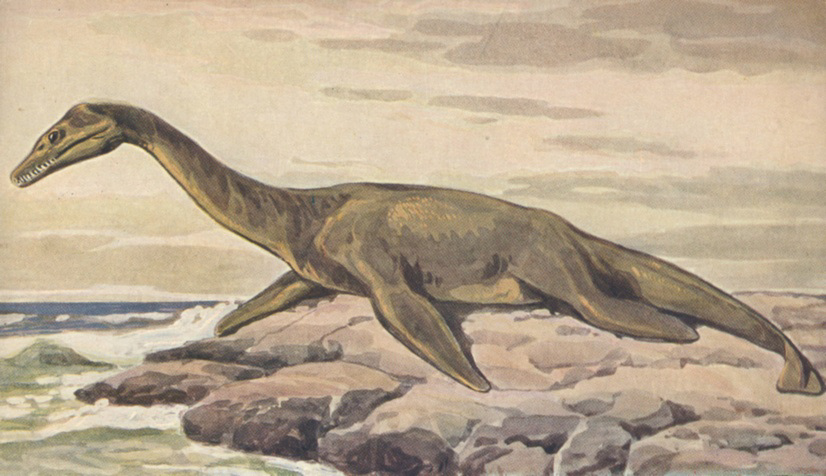
Throughout their long coexistence, sharks and plesiosaurs engaged in an evolutionary arms race. Sharks developed stronger jaws, sharper teeth, and more efficient swimming techniques. Some species evolved specialized body armor to protect against plesiosaur attacks, while others became faster and more maneuverable.
Plesiosaurs responded by developing various defensive and offensive adaptations. Some species evolved longer necks for extended reach, while others developed more powerful flippers for rapid acceleration. Certain plesiosaurs even developed gastroliths—stomach stones that helped with digestion and possibly served as ballast for better underwater maneuverability.
Prey Preferences: What’s on the Menu?
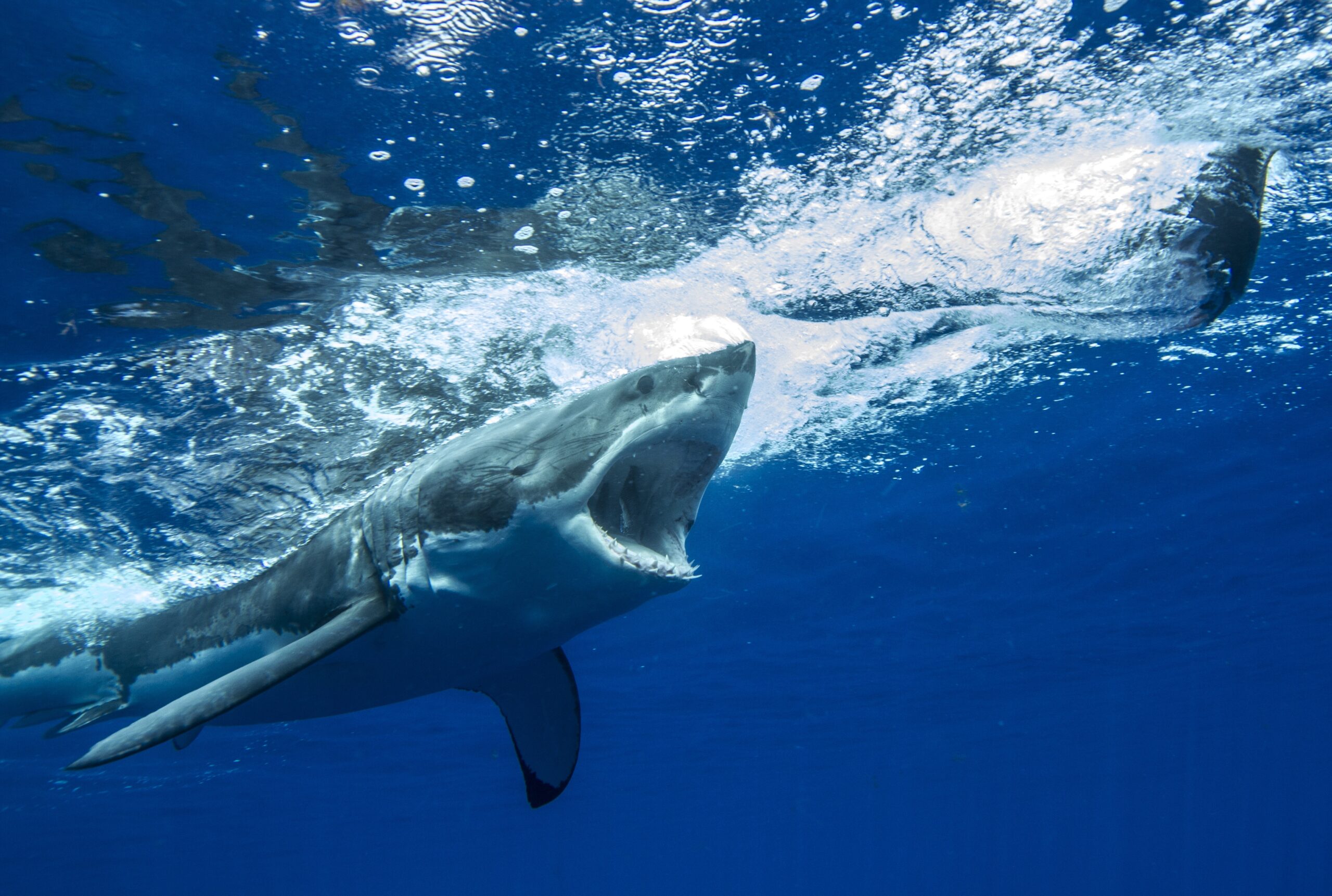
Sharks maintained diverse diets that included fish, marine reptiles, and even other sharks. Larger species like Megalodon primarily hunted whales and other large marine mammals. Their opportunistic feeding behavior meant they would attack almost anything that moved, including plesiosaurs when the opportunity arose.
Plesiosaurs showed more specialized feeding behaviors. Long-necked species primarily hunted fish, squid, and ammonites. Short-necked pliosaurs were apex predators that hunted large prey including other marine reptiles, early whales, and occasionally smaller plesiosaurs. Some species may have been specialized shark hunters, using their powerful jaws to crush even the largest sharks.
The Great Extinction: End of an Era
The mass extinction event 66 million years ago dramatically altered the ocean’s ecosystem. Plesiosaurs, along with their dinosaur cousins, completely disappeared from the fossil record. The asteroid impact and subsequent climate changes proved too much for these magnificent marine reptiles to survive.
Sharks, however, demonstrated their legendary resilience. While many species went extinct, enough survived to repopulate the oceans. Their ability to adapt to changing conditions and their efficient body design helped them weather the extinction event that ended the age of marine reptiles. This survival advantage ultimately settled the question of long-term dominance.
Modern Descendants: Echoes of Ancient Power
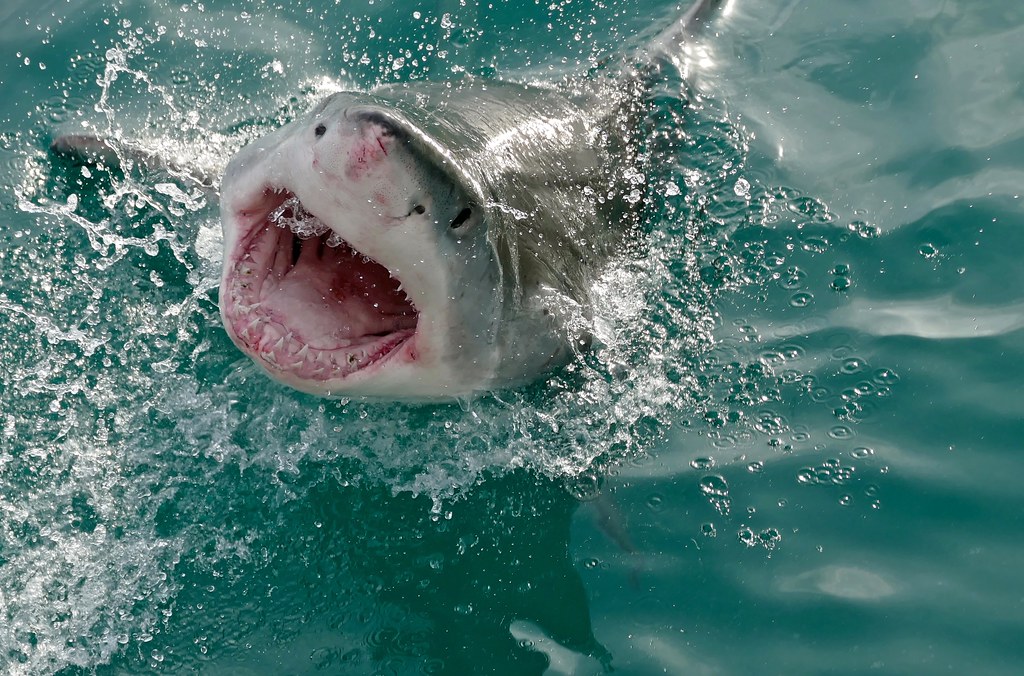
Today’s sharks carry the genetic legacy of their prehistoric ancestors. Great whites, tiger sharks, and bull sharks possess the same fundamental design that made ancient sharks so successful. Modern sharks continue to dominate ocean ecosystems, proving that the basic shark blueprint remains one of nature’s most successful predator designs.
Plesiosaurs left no direct descendants, but their influence can be seen in modern marine mammals. Whales, dolphins, and seals occupy similar ecological niches to ancient plesiosaurs. The convergent evolution between plesiosaurs and modern marine mammals demonstrates that the plesiosaur body plan was highly effective for marine predation, even if the lineage didn’t survive.
Scientific Revelations: New Discoveries
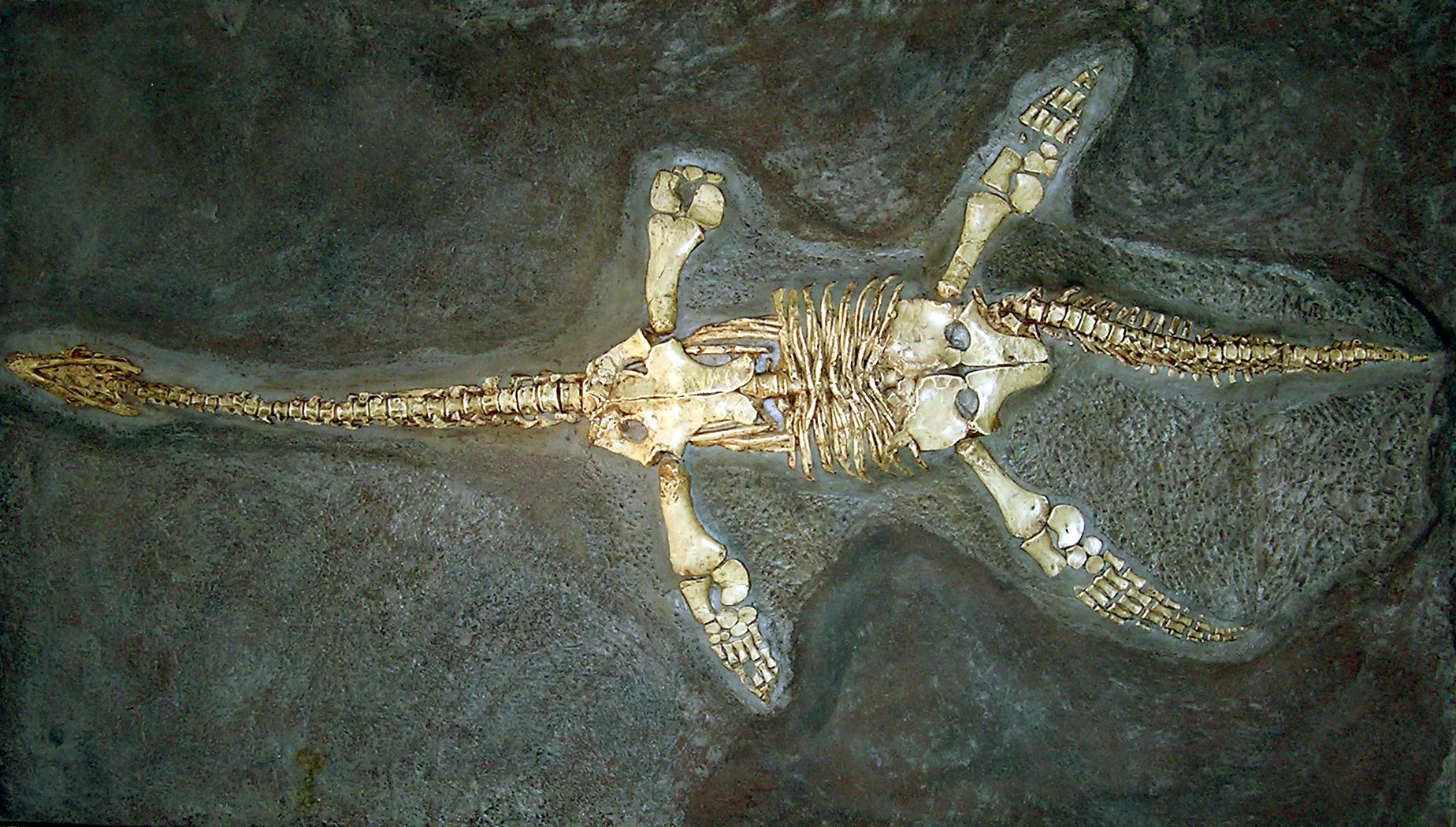
Recent paleontological discoveries continue to reshape our understanding of these ancient predators. Advanced imaging techniques reveal intricate details about how these creatures lived, hunted, and interacted. Computer modeling helps scientists understand swimming mechanics and predator-prey relationships in ways never before possible.
New fossil sites around the world regularly yield spectacular specimens that fill gaps in our knowledge. From perfectly preserved shark teeth to complete plesiosaur skeletons, each discovery adds pieces to the puzzle of ancient ocean life. These findings often challenge previous assumptions about which predator truly ruled the prehistoric seas.
The ultimate question of supremacy between sharks and plesiosaurs doesn’t have a simple answer. Both groups dominated different aspects of ancient ocean ecosystems, with sharks excelling in adaptability and longevity while plesiosaurs achieved incredible size and power. Sharks proved their superiority through survival—they’re still here, still apex predators, still virtually unchanged after hundreds of millions of years. Plesiosaurs, despite their magnificent adaptations and fearsome capabilities, couldn’t survive the changing world.
Yet perhaps that’s not the whole story. For over 130 million years, plesiosaurs and sharks shared the ancient seas as equals, each perfectly adapted to their respective niches. The real winners were the oceans themselves, benefiting from the presence of multiple apex predators that kept ecosystems balanced and thriving. In the end, both groups achieved something remarkable—they became legends that continue to capture our imagination millions of years after their epic battles ended.
What fascinates you more about these ancient titans—the shark’s incredible endurance through time, or the plesiosaur’s spectacular but ultimately tragic reign?

